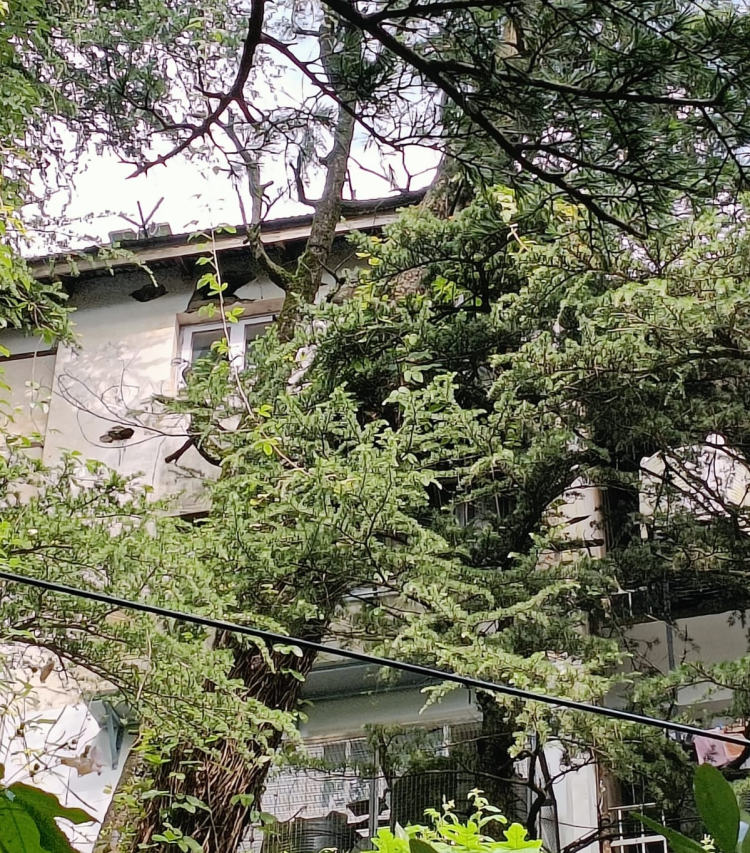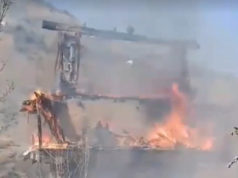Efficient Procedures Aimed at Local Timber Availability and Revenue Boost
In a decisive move to curb revenue losses attributed to the untimely decay and pilferage of salvage trees from forest lands, the State Government has unveiled a set of Standard Operating Procedures (SOPs) geared towards accelerating the process. The goal is to promote accountability among forest department officials and ensure adherence to fixed timelines for the disposal of salvage trees.
Chief Minister Thakur Sukhvinder Singh Sukhu emphasized the significance of the new SOPs in rectifying the issue of delayed salvage tree disposal. The delay, he pointed out, not only leads to financial setbacks for the state but also affects the availability of timber at the local level. By implementing the SOPs, the government aims to not only mitigate these losses but also reduce transportation costs, optimize revenue streams, facilitate the conversion of timber into usable forms, and enhance the efficiency of field staff.
The SOPs are set to be rolled out in a phased manner. Commencing on September 1, 2023, the procedures will be initially enforced in seven Forest Ranges across five divisions encompassing Hamirpur, Dharamshala, Solan, and Shimla, serving as a pilot phase. Subsequently, the scope of these SOPs will extend to 70 forest ranges within six circles across the State, with full implementation slated for July 1, 2024.
The newly introduced SOPs entail a structured timeline for the disposal of less than 25 salvage trees. This timeline spans from initial marking to final disposal within a fixed 30-day period. The collaborative efforts of forest guards and Forest Corporation staff will shape the first seven days of the month, focusing on the specifics. Over the ensuing three days, Deputy Rangers will be tasked with tree marking, with the list of designated lots to be handed over to Range Officers within the subsequent three days. Within seven days, the Range Officer will navigate the necessary formalities encompassing felling, conversion, and transportation to predetermined depots, adhering to predetermined rates. Communication with the relevant Divisional Forest Officer (DFO) will ensure alignment, and all work will be completed within the stipulated timeframe.
Effective disposal entails a sequential process involving communication between Range Officers, DFOs, and the Forest Corporation. Between the 22nd and 23rd days of the month, the Range Officer intimates the DFO and the Forest Corporation about the upcoming disposal, outlining extraction and transportation costs. Subsequently, the DFO generates a bill encompassing extraction, transportation costs, and royalty, which is then transmitted to the Divisional Manager of the Forest Corporation. Upon bill payment, harvested materials are transferred to the Corporation between the 24th and 26th days of the month. In cases where the Corporation opts out, the Range Officer conducts a departmental auction on the 27th and 28th days, adhering to reserve prices set by the Himachal Pradesh Forest Department’s management wing.
To bolster this process, a dedicated web portal will be developed. The portal will allow for data input regarding marking, extraction, and disposal. This digital platform will also accommodate geo-tagged images of salvage trees and stacked timber, facilitating a comprehensive assessment of cost-benefit factors associated with salvage operations.















